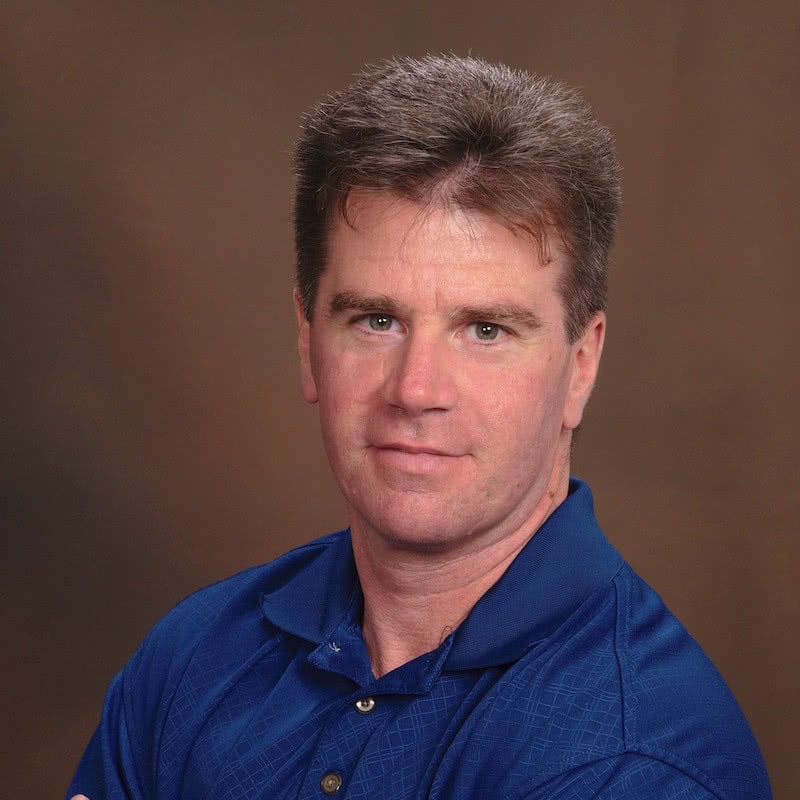
Robert Burger
Disciplined Money
phoenix, AZ
- CFP®
Contact Robert
Robert can help you with
-
Investment Analysis
-
Retirement Planning
-
Employee Benefits
-
Tax Optimization
-
Insurance Planning
-
College Planning
Expertise
- Investment Analysis and Planning
- SRI or ERI
- Portfolio Management
- Retirement Planning
- Social Security Planning
- Benefits and Compensation Planning for Employees
- Equity Stock and Options Planning for Employees
- Tax Efficient Withdrawal Planning
- Tax Optimization
- Insurance and Risk Management
- Estate and Legacy Planning
- Charitable Giving
- Cash Flow Analysis
- Budgeting
- Debt Management
- Student Loan Repayment
- Saving and Investing for College
- Late Stage College Funding and Planning
- Financial Behavior and Wellness Education
- Life Event Planning
- Divorce Planning
- Windfall Planning
- Real Estate Planning
About
How we arrived at an Hourly Fee-Only advice model
"There had to be a better ways to serve clients who didn't qualify for Fee-Only advice." Most Fee-Only Financial Planning firms require an account minimum. The minimum is often $1,000,000 or more of invested assets. Even when the account minimum was available, we found many clients preferred an option where the planner provided guidance rather than ongoing control.
The day it became clear
I was finishing a plan review for an engineer. Given his desire to reflect on numbers, we had explored "his numbers" from multiple angles. He shared his appreciation of my patience and the clarity our conversations created surrounding his plan.
He said he would like to have ongoing conversations, but with a 1% Assets Under Management (AUM) fee, he would be spending close to $10,000 annually as he got closer to retirement. This would be "by far" his biggest service expense. If I was charging $200 per hour (average hourly rate), I would be spending 50 hours a year on his plan/investments. Bottom line...I wouldn't.
Before founding Disciplined Money
Disciplined Money was created in 2015. Before creating Disciplined Money, I (Bob Burger-founder) began my investment career with Charles Schwab. While at Schwab, I worked in various positions including active trader, trade support and spent a year on an option desk. The positions were interesting an challenging until the internet changed how people traded.
As internet trading became prevalent, the role became less about trading and more about resetting pins and reading news stories. Not exactly a challenge...
I was less than two years removed from one of Schwab's most active option trading desk. My focus continued to be trading focused. In other words, I (like most brokers) believed you had one goal...to beat the market. I was introduced to the the difference between active trading and "real" financial planning.
As a I considered what to do next, a friend shared a posting for a position with a local Fee-Only Financial Planning firm. This is where today's journey began.
Your plan is more than just investments
After years of believing (falsely) the answer to reaching goals was simply being a better trader. If you could outperform the market, you would be better off and achieve more goals. I suppose this is true if risk is not a factor. Financial planning focuses on the choices over which you have control over first and then considers how to invest considering your other choices. Of course, investments remain important, but they shouldn't be your first and only consideration. At this point, I made the transition from an active trader to a financial planner.
The shift from a percentage of managed assets to an hourly fee
As I made the transition to financial planning and a desire to act in a fiduciary role, I worked for a few different financial planning firms. I found the firms preferred to work with high net worth individuals. This makes sense when the business model is based on assets under management (AUM).
When charging 1% of assets, you earn more when the account balance is greater. Most advisors don't spend 4 times more time serving a client with a million dollar portfolio than a client with a $250,000 portfolio, but collect 1% on an additional $750,000 ($7,500 per year). I struggled with this model. The desire to break from this model ultimately created Disciplined Money in 2015.
Our original plan was to serve what might be referred to as the "middle income family." This group often holds a large portion of their assets in employer sponsored retirement accounts. They are typically Getting Started or asking "Am I Ready to Retire?" This market segment is a large portion of our planning community.
Financial planning for those who want an active role
We also attract clients who want ongoing financial planning/investment management advice and education without paying the typical 1% Assets Under Management (AUM) fee.
If someone has $1,000,000 to invest, the 1% AUM fee equals $10,000 annually. As one client said..."that would be my biggest service expense (by far)."